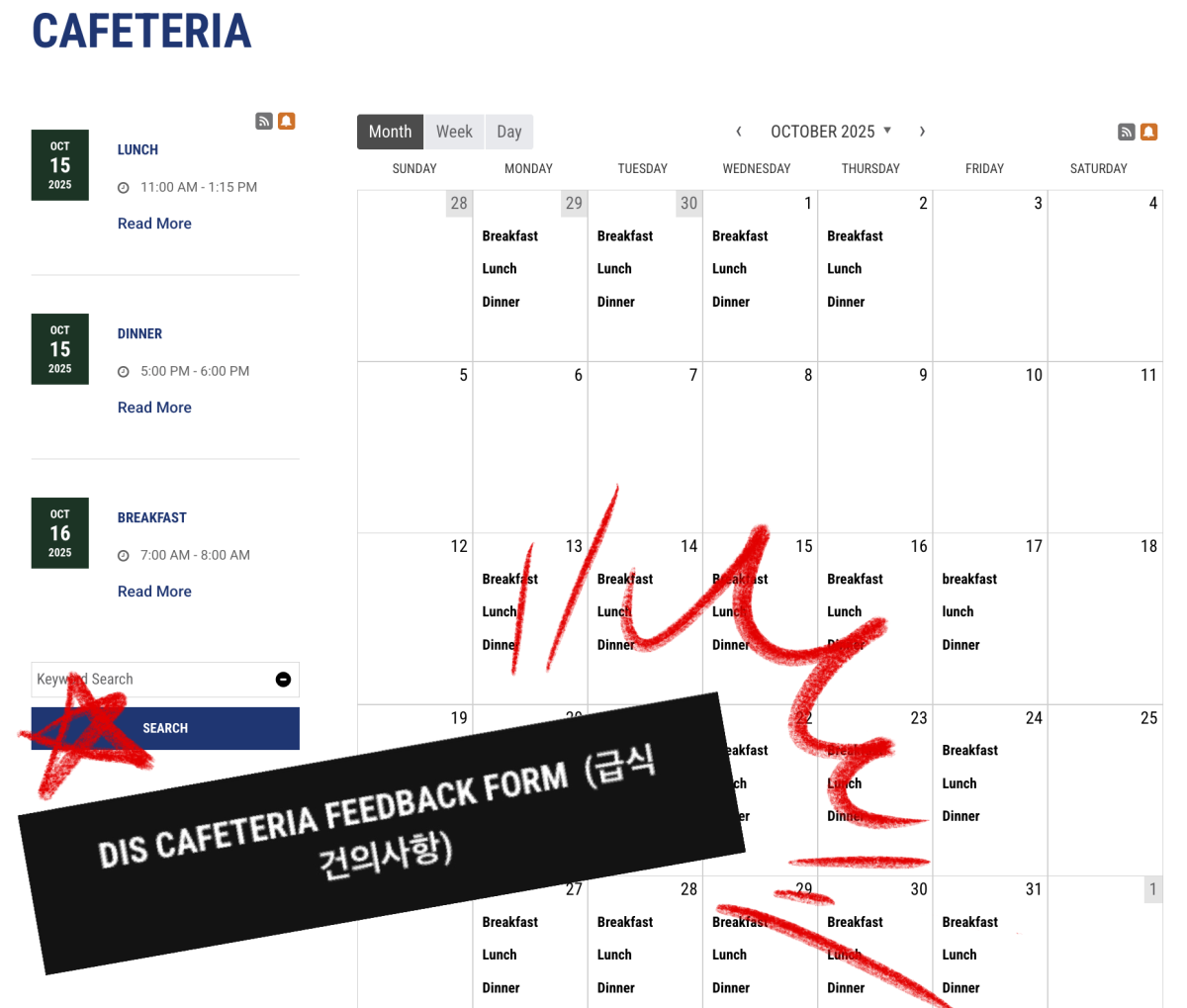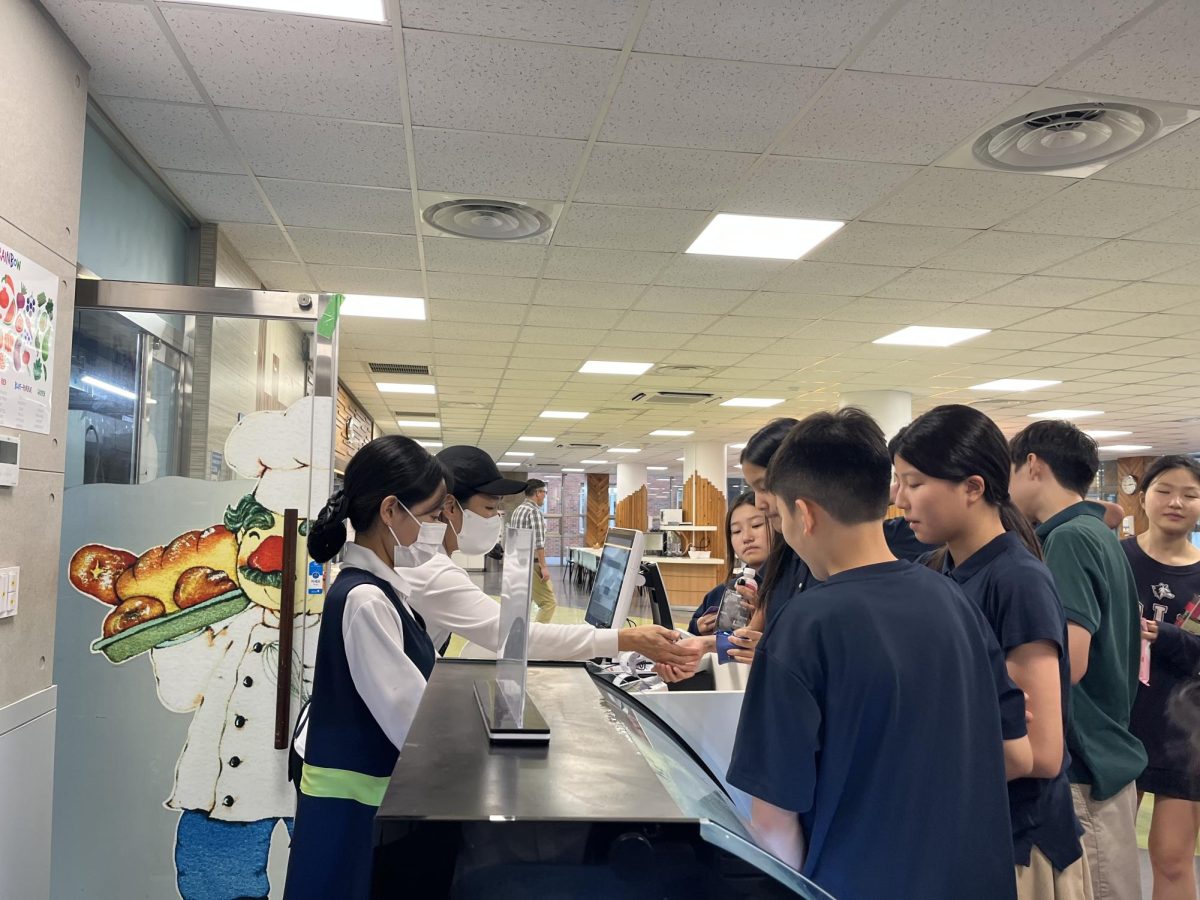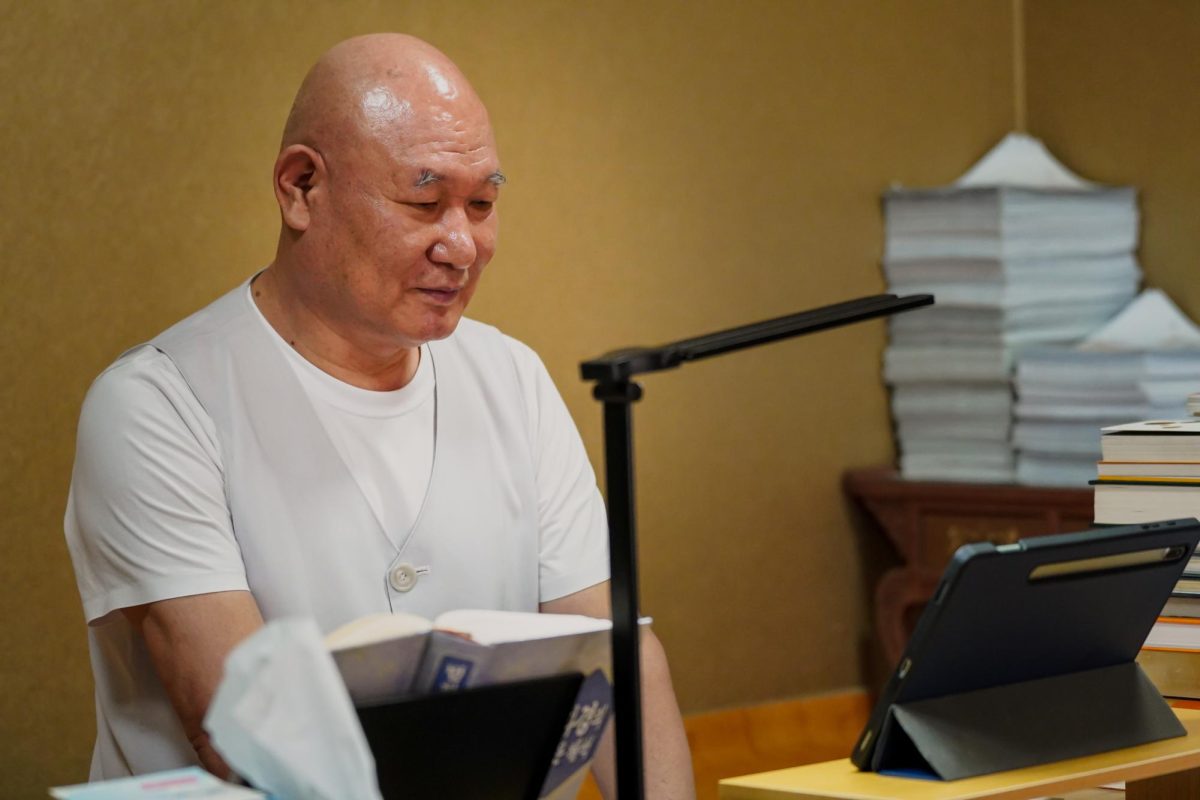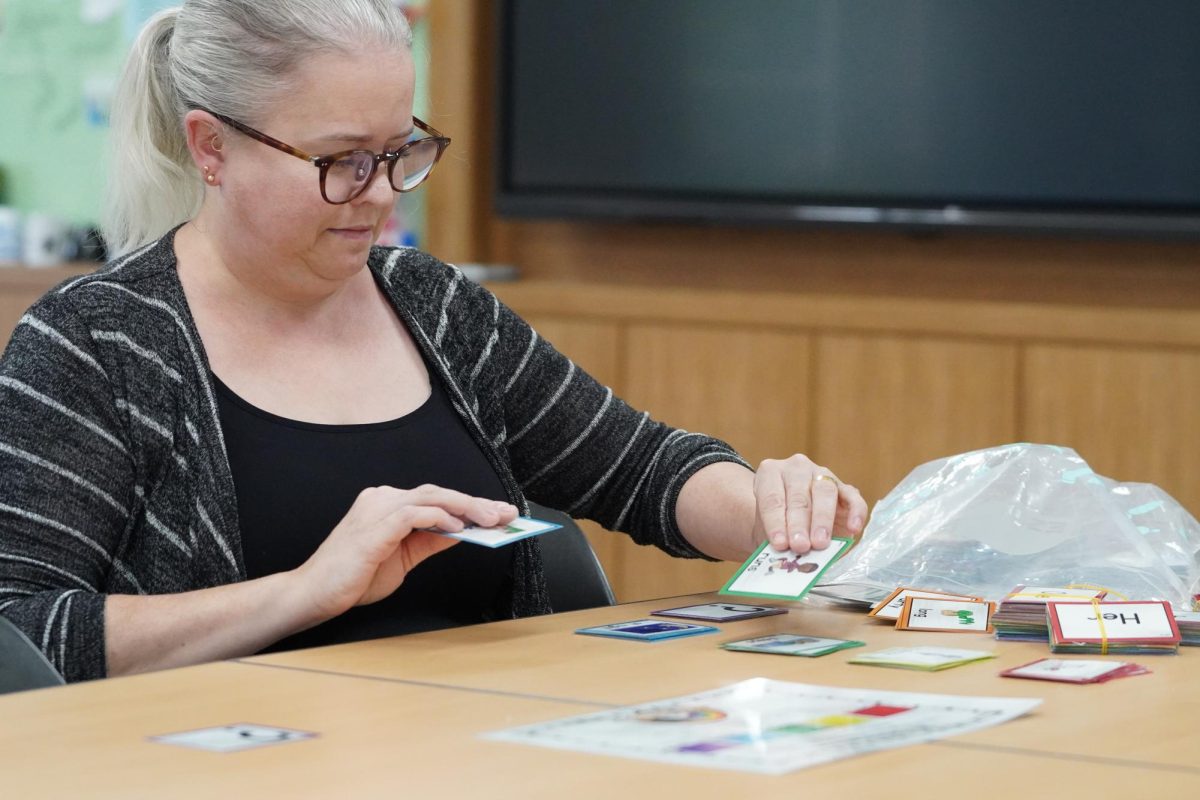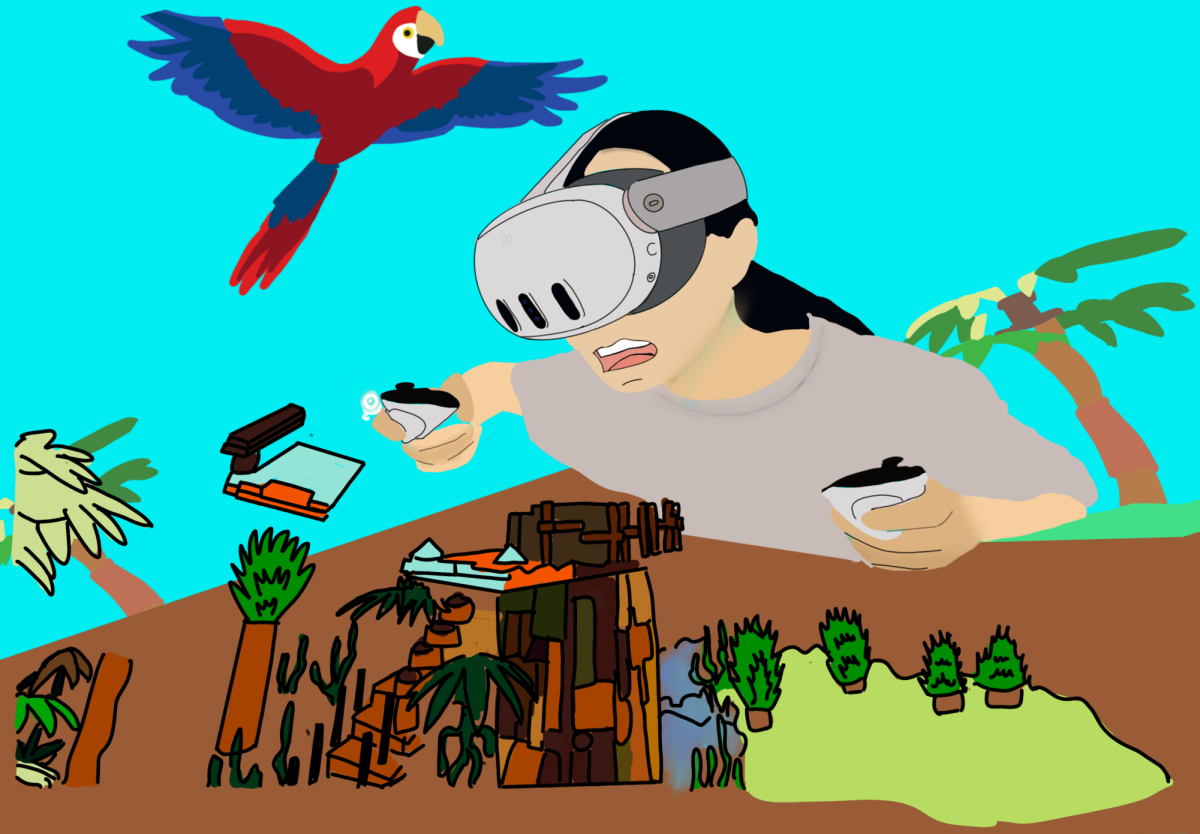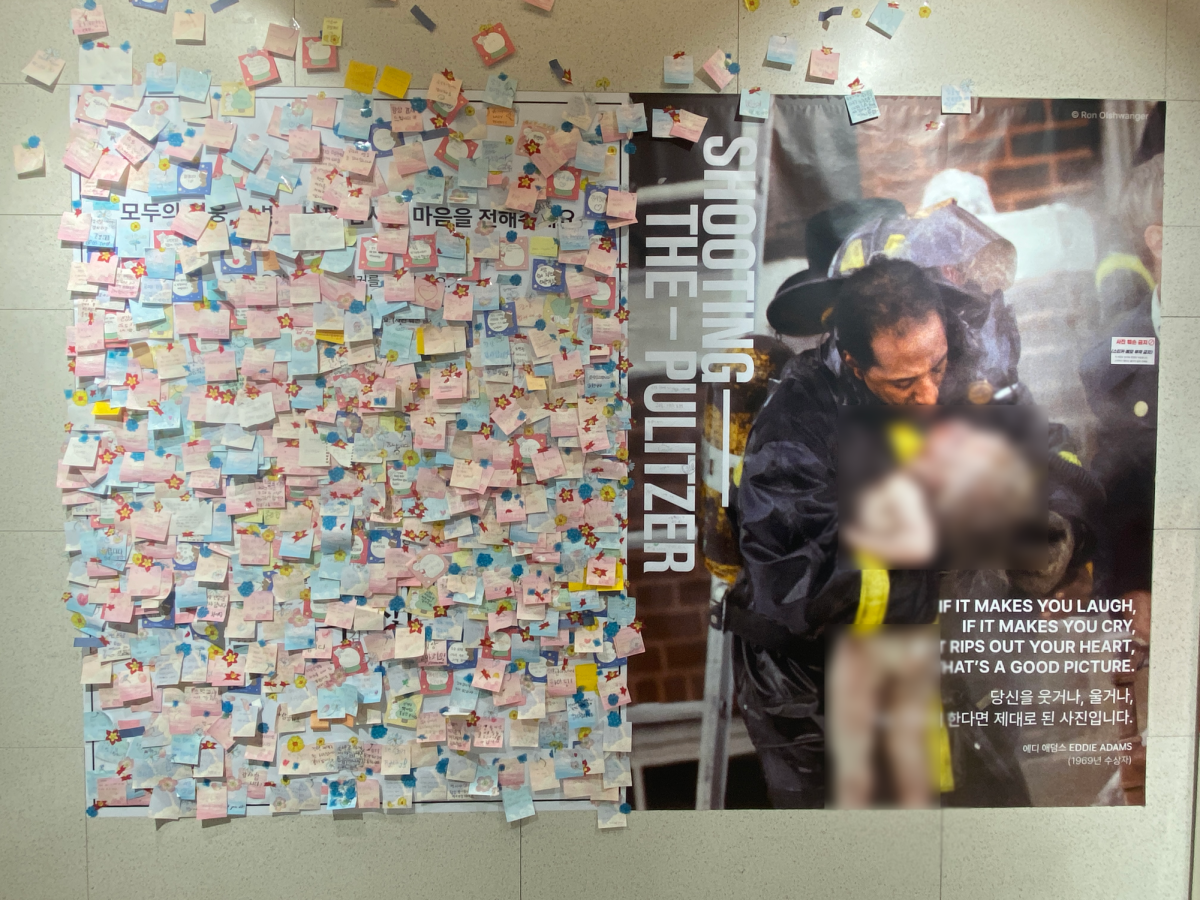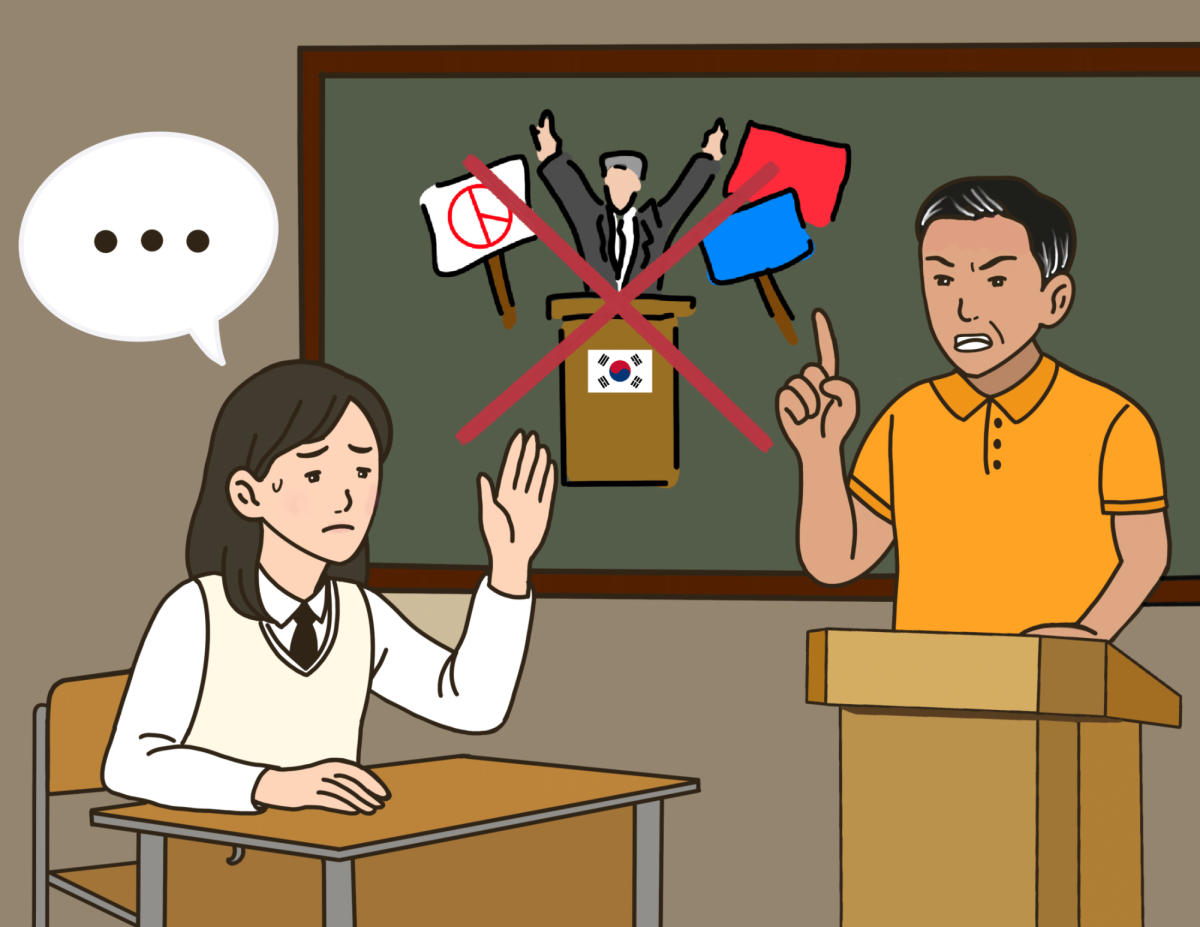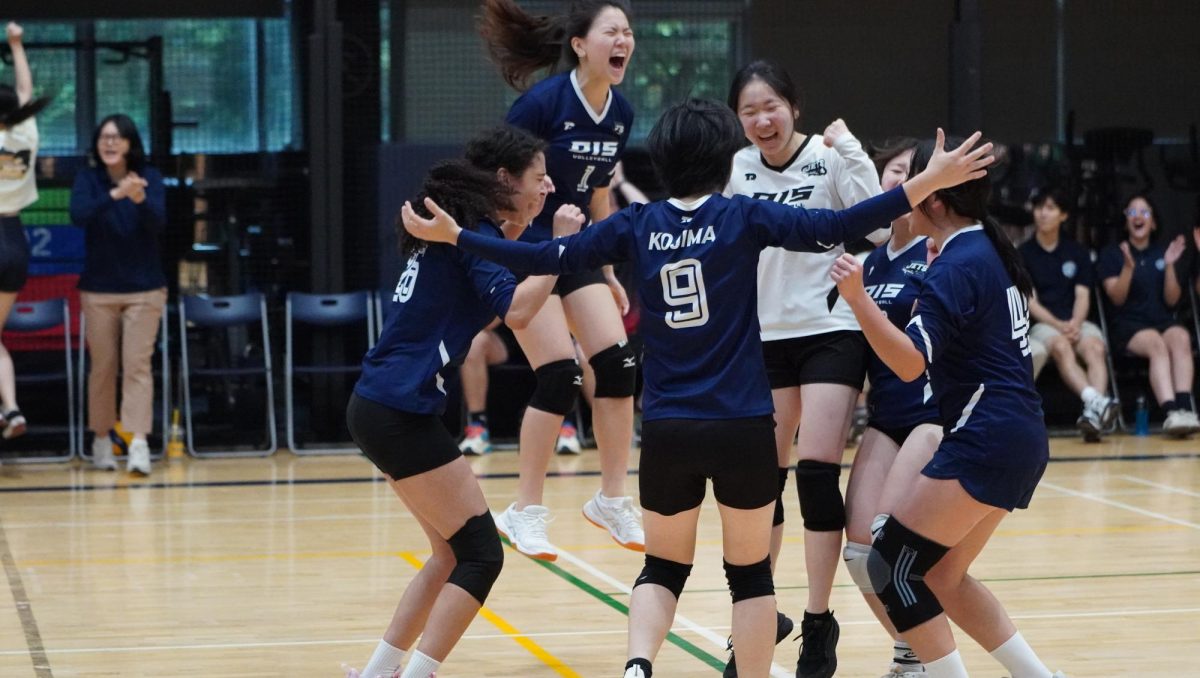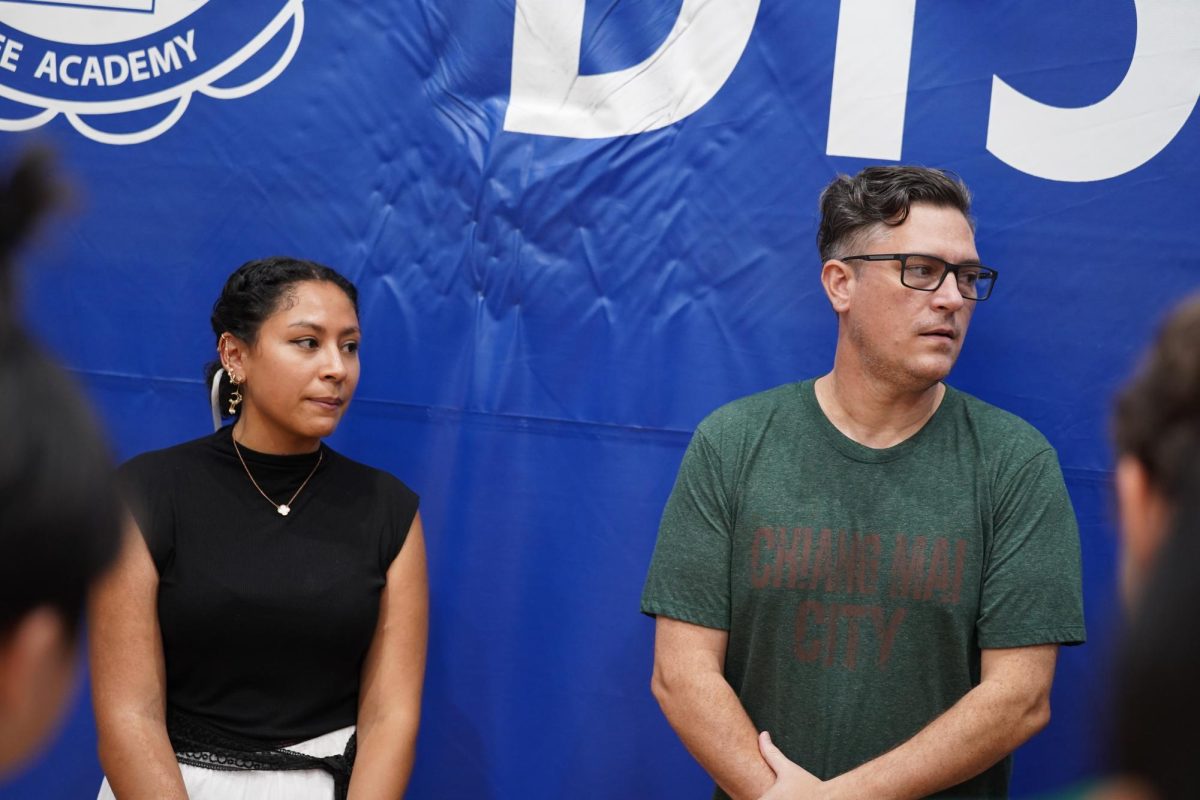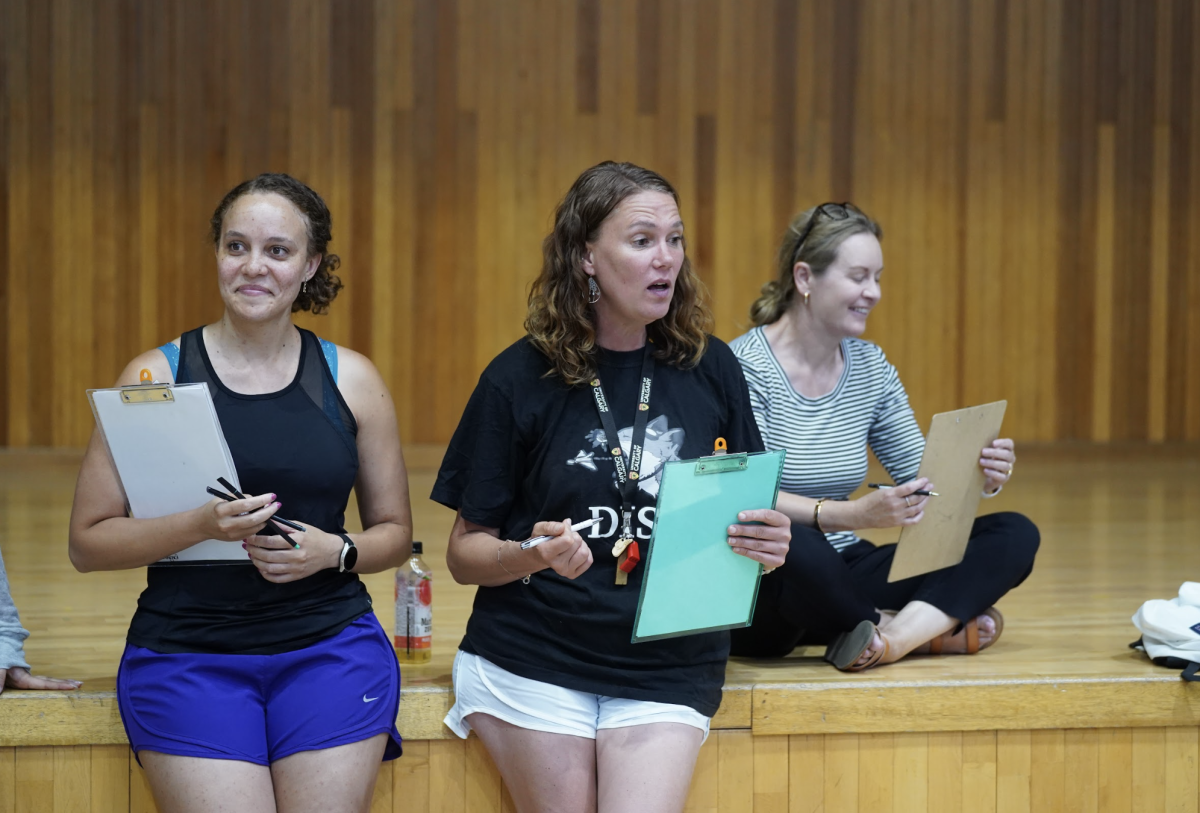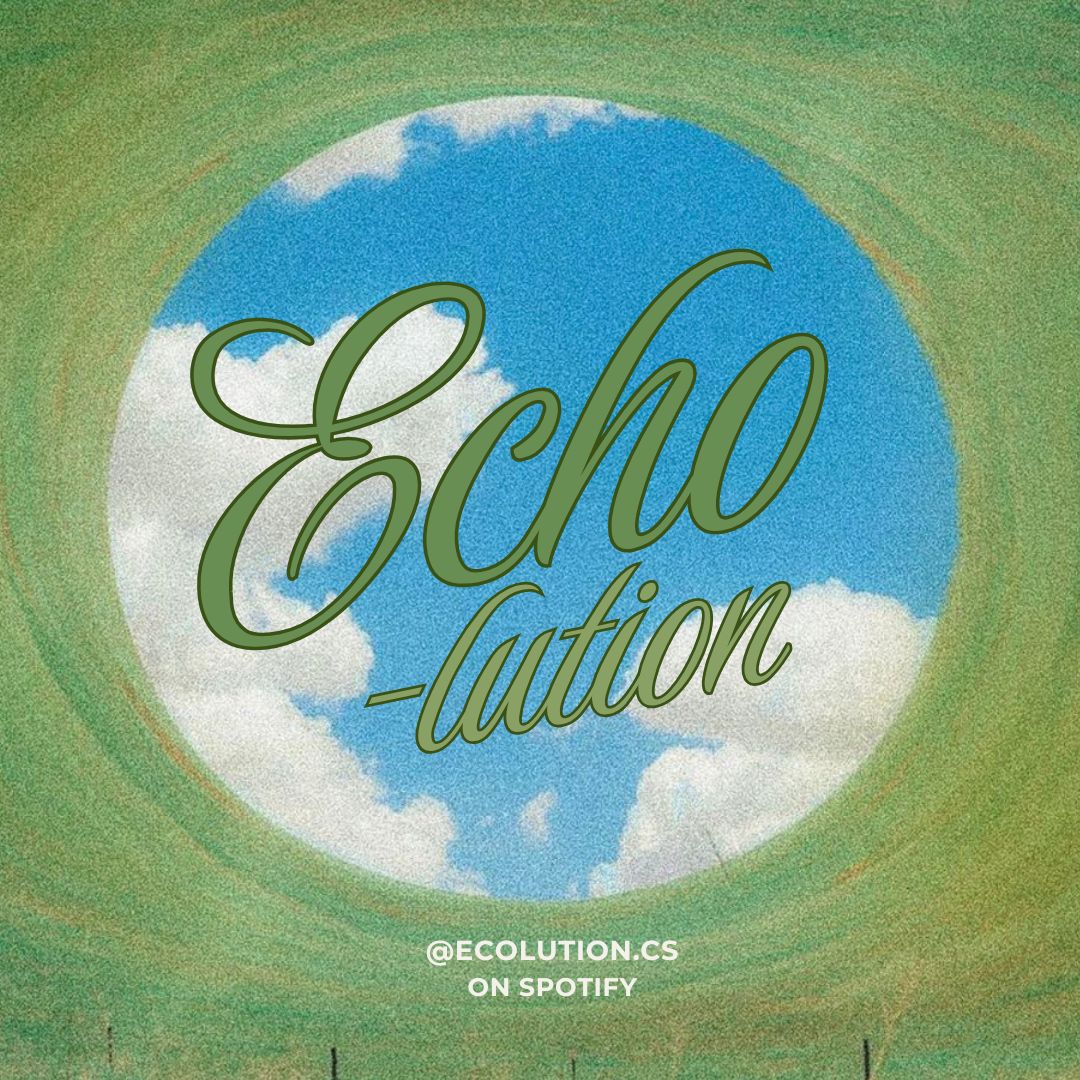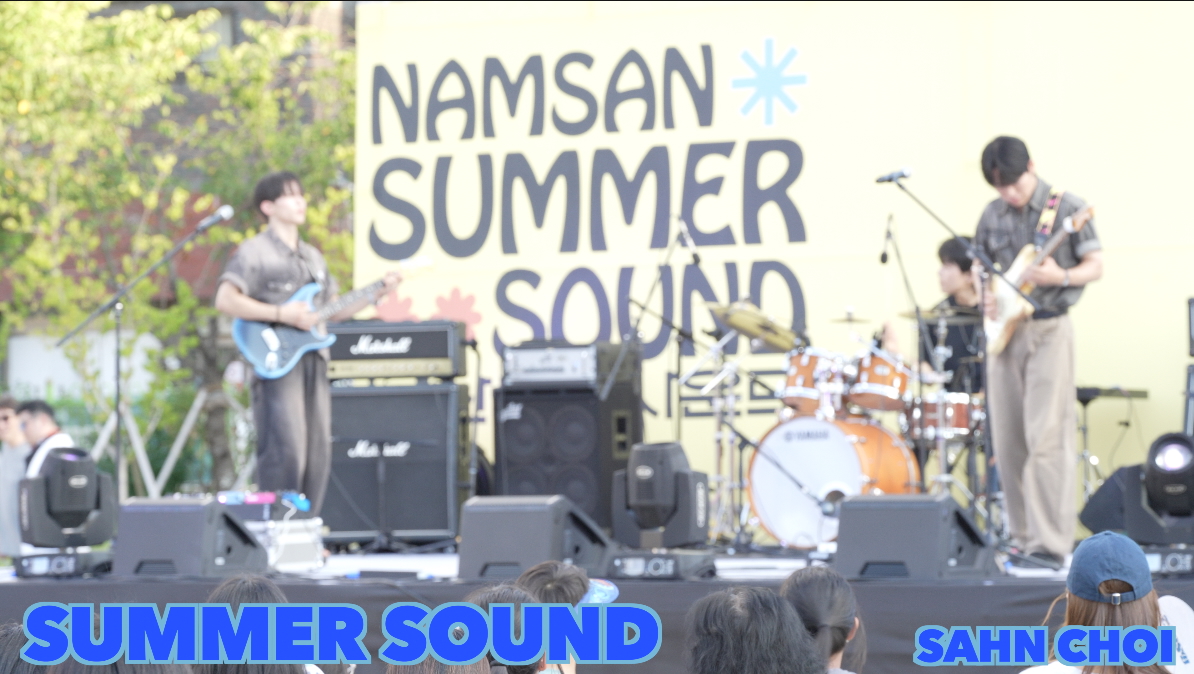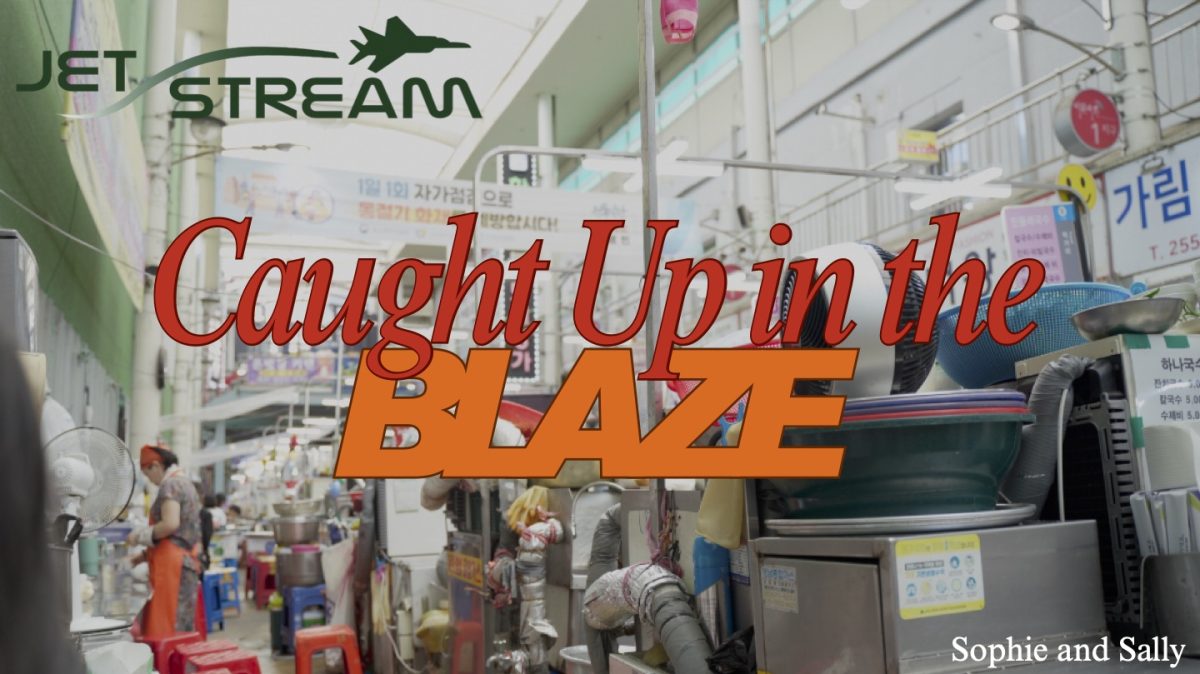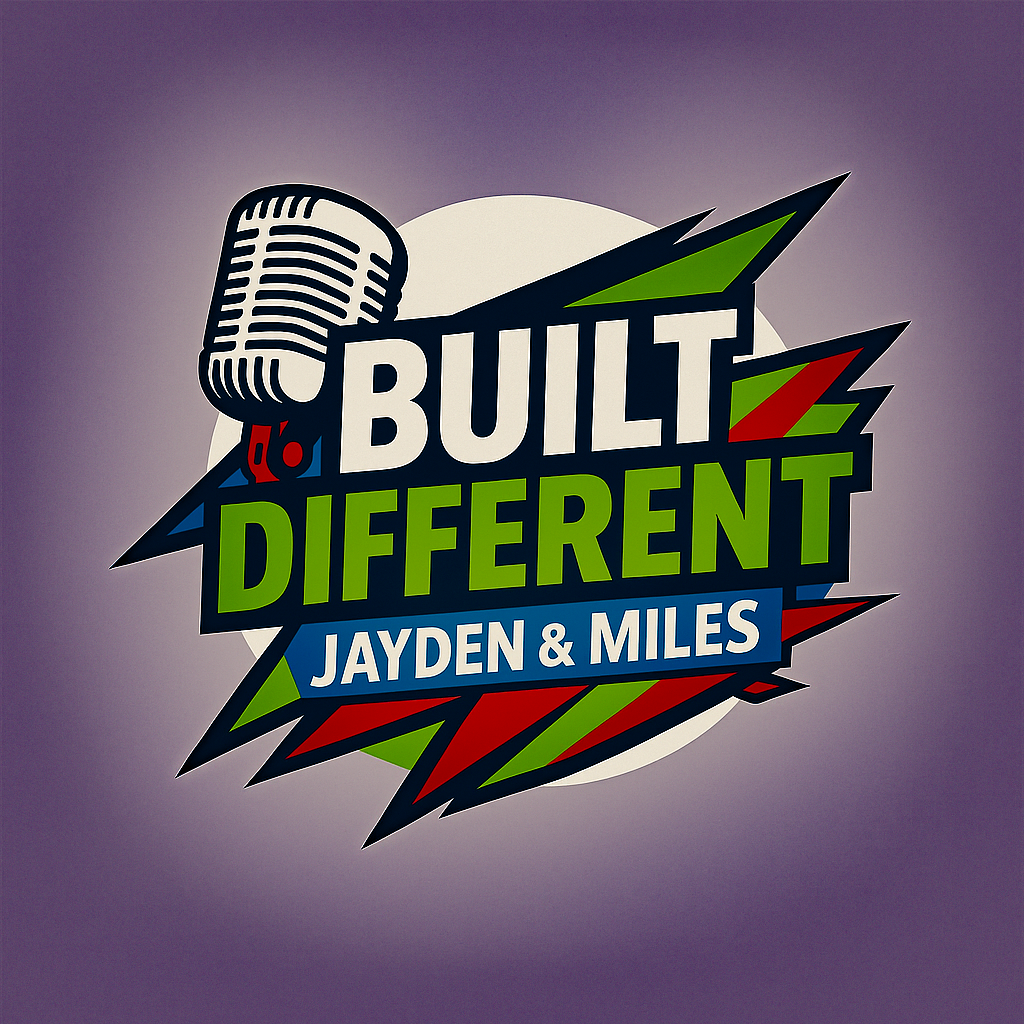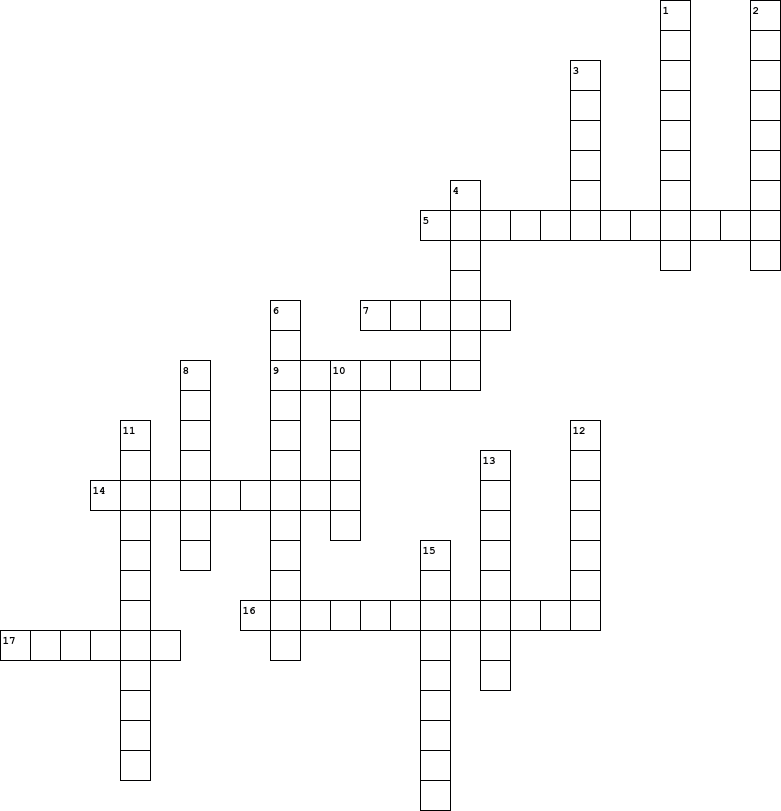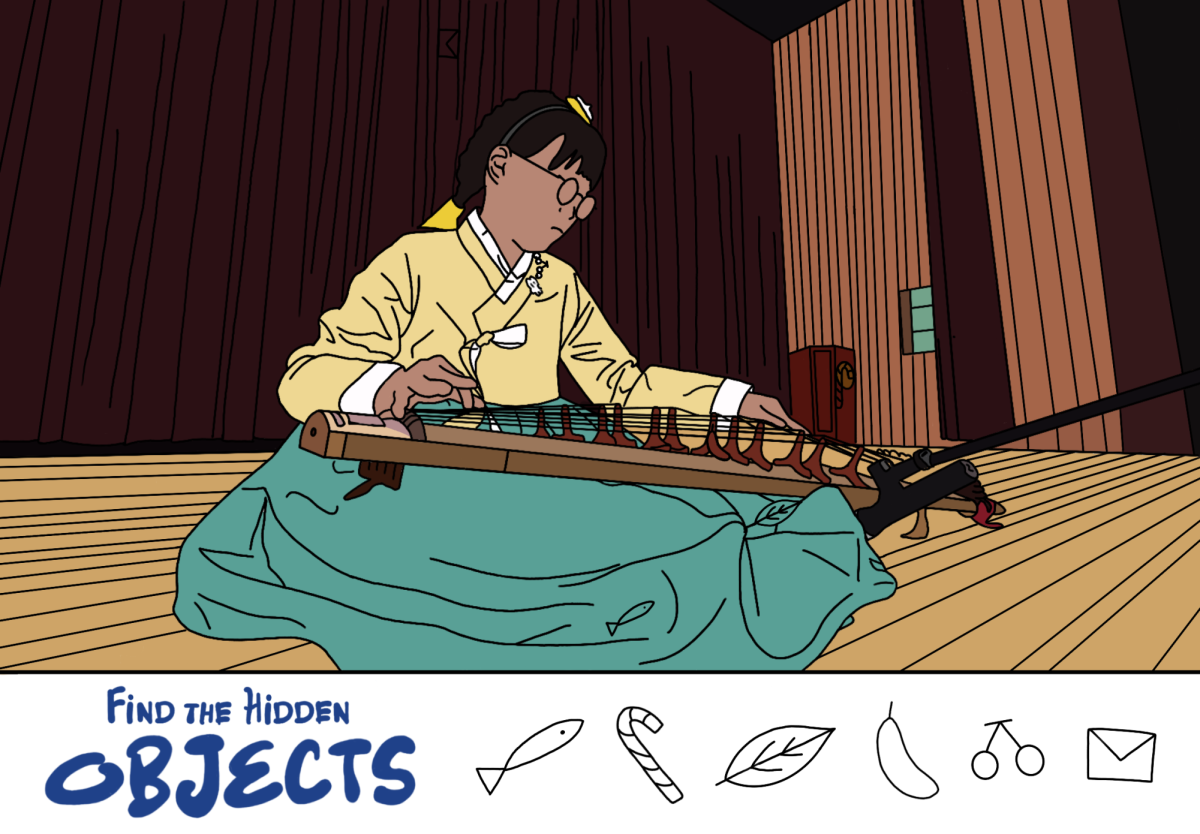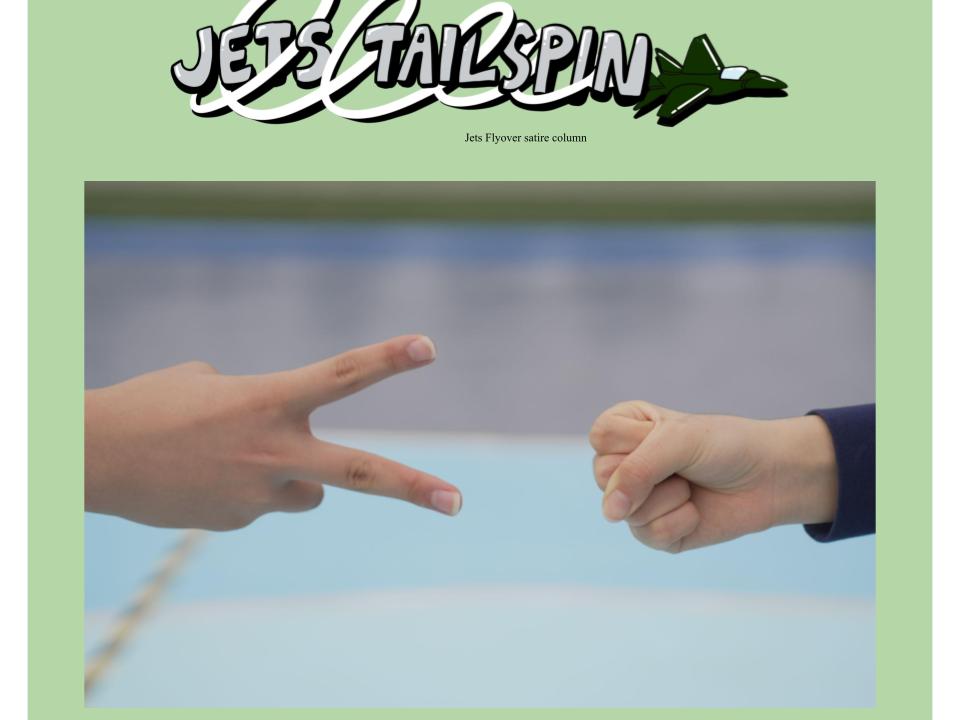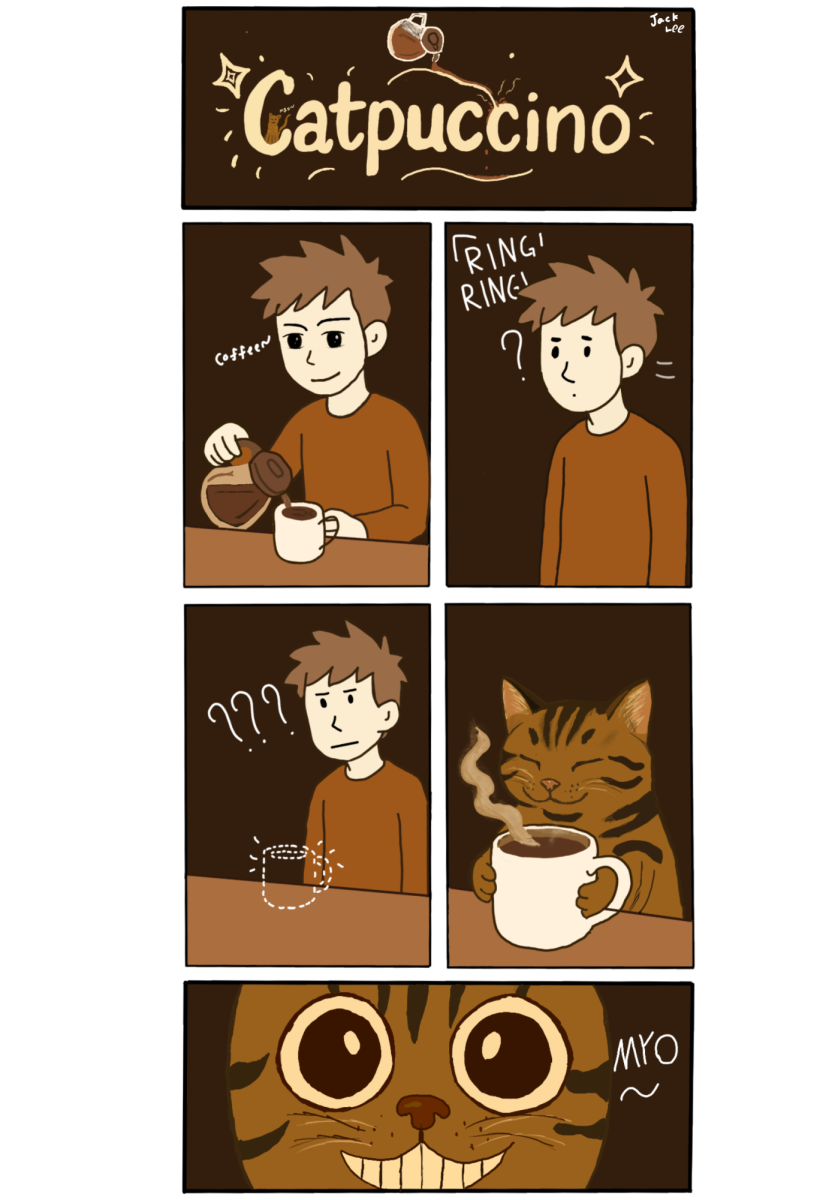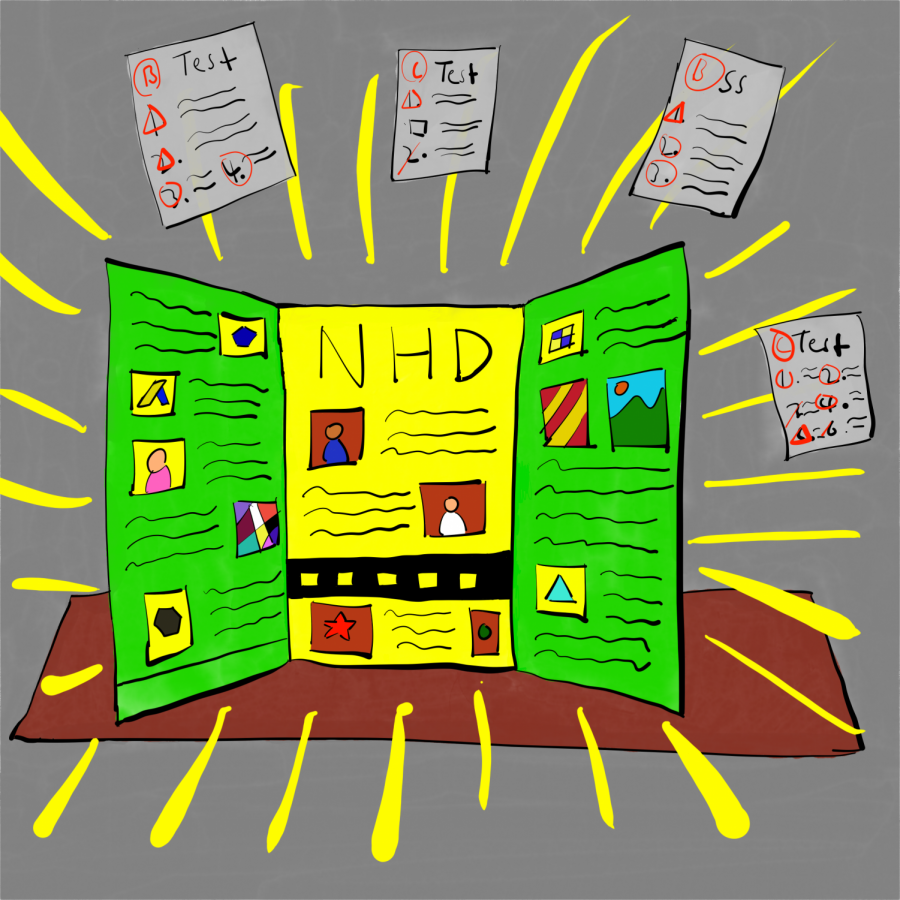Roll up Your Sleeves: Hands-On Projects in the Classroom
How Authentic Assessment Can Benefit Learning
November 27, 2021
When I was in 6th grade, my social studies teacher bombarded us with a lot of discussions, projects, and activities that required student participation. Considering that most teachers mainly gave lectures and tests to assess students, his approach could be considered unusual. While some might disapprove of this unprecedented method, others (like me!) found it to be greatly engaging.
The system my 6th-grade teacher used is called “authentic assessment.” This is the idea of using creative learning experiences to measure understanding of the content. In a project, students have no limitations in creativity, which makes people work harder to not only meet the expectations, but also think outside the box. Authentic assessments were shown to make work more enjoyable for students. Another perk of this medium is that what is learned during these assessments can be employed in university, the job market, and beyond.
Nonetheless, this type of learning does have some critical issues. If students are uninterested or left unchecked, they could procrastinate and submit mediocre work, which results in a lower understanding level. This problem could be solved by the constant effort of the educator. By leading the class and paying consistent attention to their pupils, lessons can be untraditionally, yet effectively carried out.
Mr. Kaschub, a history & economics teacher, implements this technique. He stated that authentic assessments “require students to perform real-life skills,” as they “teach students how to research, and help the class build on their analyzing and critical thinking abilities.” He claimed that while advising NHD (a task that exemplifies this approach), he saw “significant growth in everyone’s skills” proving the effectiveness of this method.
Mr. Coleman, a math teacher, gives out projects alongside tests to check concept comprehension: “Doing projects makes math class more fun for the students. Projects also serve a decorative purpose – they add color to the classroom!” Mr. Coleman’s students enjoy participating in these tasks. The board, covered with many-hued assignments, looked absolutely fabulous as well.
For a more holistic school experience, trying your best on projects which incorporate these methods, such as NHD and STEM, is a must. Though people might be skeptical about this modus operandi, there are many more benefits to this approach – practice real-world ideas and academic routines with authentic assessments.




